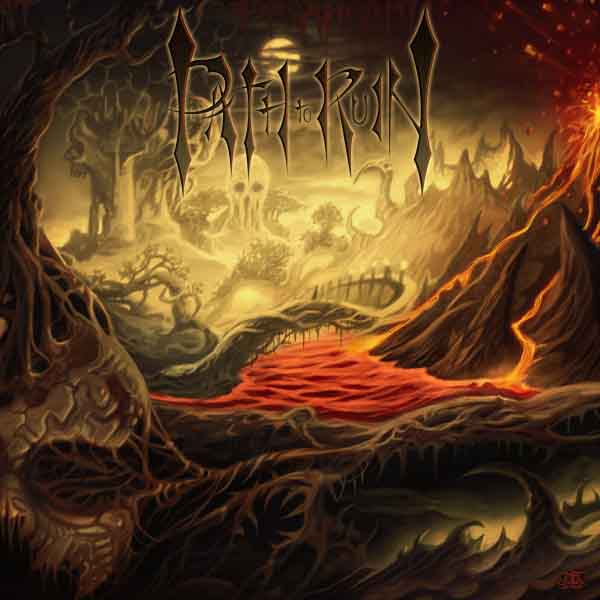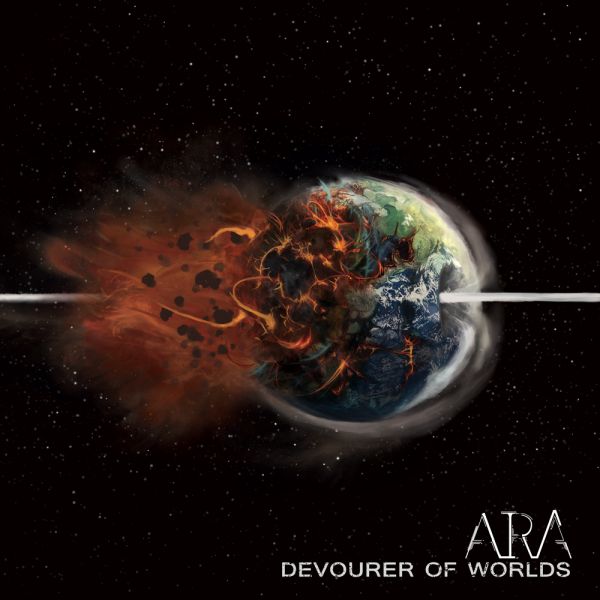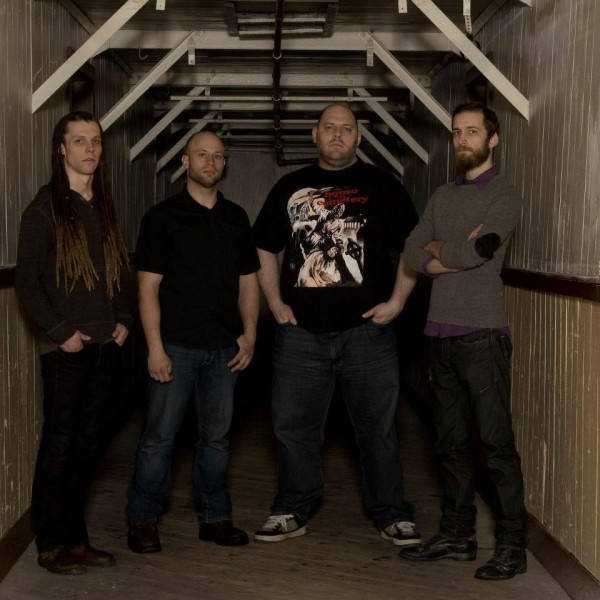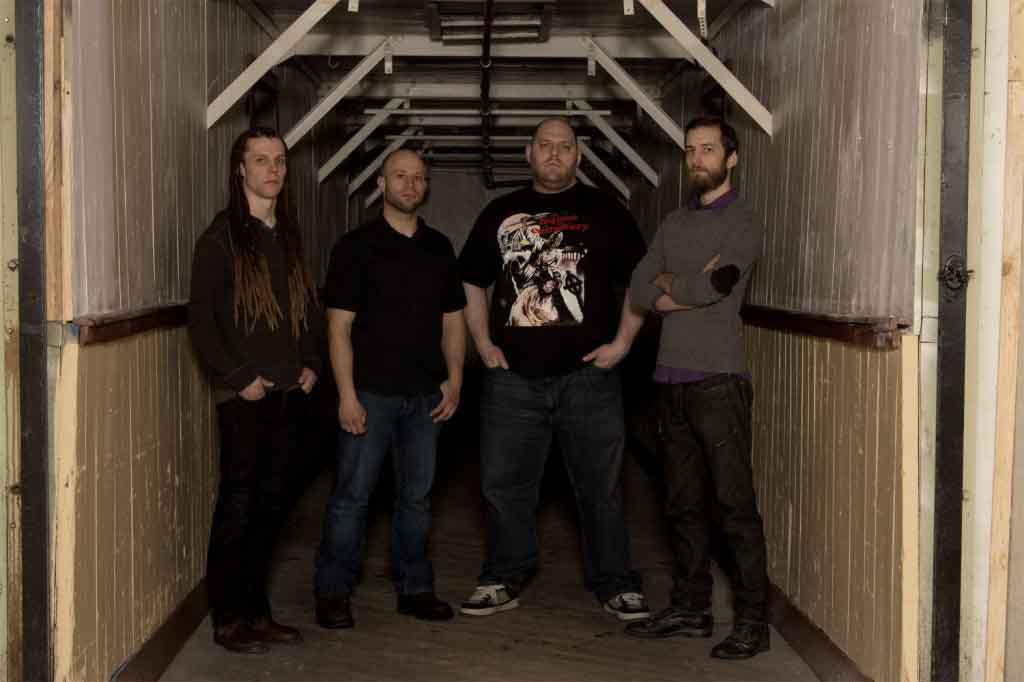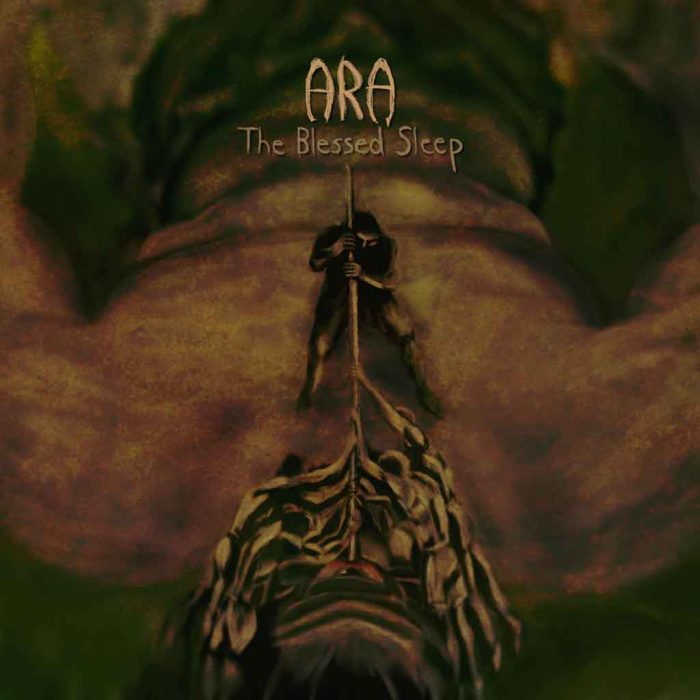Upon reading the tag of “technical death metal”, discerning listeners knows this usually only means “metalcore played with more notes”. Although DMU constantly looks down on genres like metalcore, very few readers understand the understand the underlying reasons for this. Those who identify as more “open-minded” tend to view all genres as simply “different expressions”. Although spiritually more mature, this thinking is based on an ignorance of the nature of music. In their ignorance, they do not understand the limitations and power of certain musical forms and the dangers of unchecked “experimentation”. On the opposite camp we have the die-hards, who may belong to either strict old-school or “true” associations. Most of these believe in the superiority of one style over another as a Catholic fanatic believes the words of the Pope or the Scriptures. In their ignorance, they would be unwilling and unable to acknowledge something as good music if it were to come from one of the vilified, retrograde genres.
Approaching the issue with enough information and without bowing completely to neither prejudice nor morally-supplied egalitarian fallacies we can find that different music styles bound by different types of expressions not only have different tendencies in the types of emotion they attempt to evoke, but that this intention has a connection to concrete aspects in the composition. This is no news to anyone with at least vague and rudimentary notions of musical composition. The next logical step in this train of thought, which is generally avoided for one reason or another, is to see how these specific choices for delimiters, technique and instrument choice impose limitations on character and direction that affect possibilities in variety if one is to maintain consistency and coherence. These limitations are, of course, constructs of humans, but they are based, at least partially, on human nature — not completely arbitrary rules arising from culture only. We must stress that these limitations are conventions taken up for the sake of attempting a communication as best as possible, conventions that have a mirror in language and grammar– also a proper set of conventions.
Now we come to Path of Ruin’s self titled album, a work arising from the metalcore camp but producing music of the best caliber possible in this genre. Such limitations arise in part from being built around vocals in the manner of hard rock (and consequentially rock). In hard rock the different riffs are meant to be separate sections that say different things in drastically different ways. This is not to say that this music cannot preserve consistency, what it has trouble with is coherence. To keep this partially incoherent expression in check, the power has to be limited to expanded or varied verse-chorus structures. Path of Ruin gives us the variety-bordering-on-incoherence metalcore while tying it up with motif and a very strong consistency and clarity of purpose. The clarity of purpose comes from one more imposition it sets upon itself: that of reusing past riffs as new sections, not necessarily a circularity but a coming back to balance the strangeness.
There is a famous precedent in the most misunderstood Obscura by Gorguts, which uses a very humble, even shy approach to organization that comes to pull back the blurry coherence and wide-range of expression it boasts. To exemplify not the contrary but an also consistent and technically accomplished release that fails to give meaningful variety (tied in coherent expressions) and balance to its music is Ara’s Devourer of Worlds. Both Obscura and this last one can be dizzying yet actually ride a very strong consistency but in the long run tend to stretch, twist, bend the motif beyond recognition to the point where you have highly contrasting sections. In favor of Ara, Devourer of Worlds‘ songs tend to extend riffs and ideas in longer riff-groups before changing direction or idea, becoming a commendable exercise in riff-variation at a local level. However, while Gorguts pulls the reigns on this crazy roller coaster ride that Obscura is by resorting to simple and straight up re-use of riffs — an approach they used with less pressure or necessity in The Erosion of Sanity, Ara spirals out of control ultimately becoming a collection of snippets and maybes that hold little interest beyond the riff-arrangement, but not the composition as a whole. It is a difference in the ability to see the big picture.
In a genre that by definition introduces heavy incoherence in the music, the safe approach taken in Path to Ruin comes as a wise decision that limits the music with the effect of awarding the album the power and clarity of good and balanced traditional speed metal.
10 CommentsTags: 2015, ara, Devourer of Worlds, gorguts, metalcore, Obscura, Path to Ruin, The Erosion of Sanity
